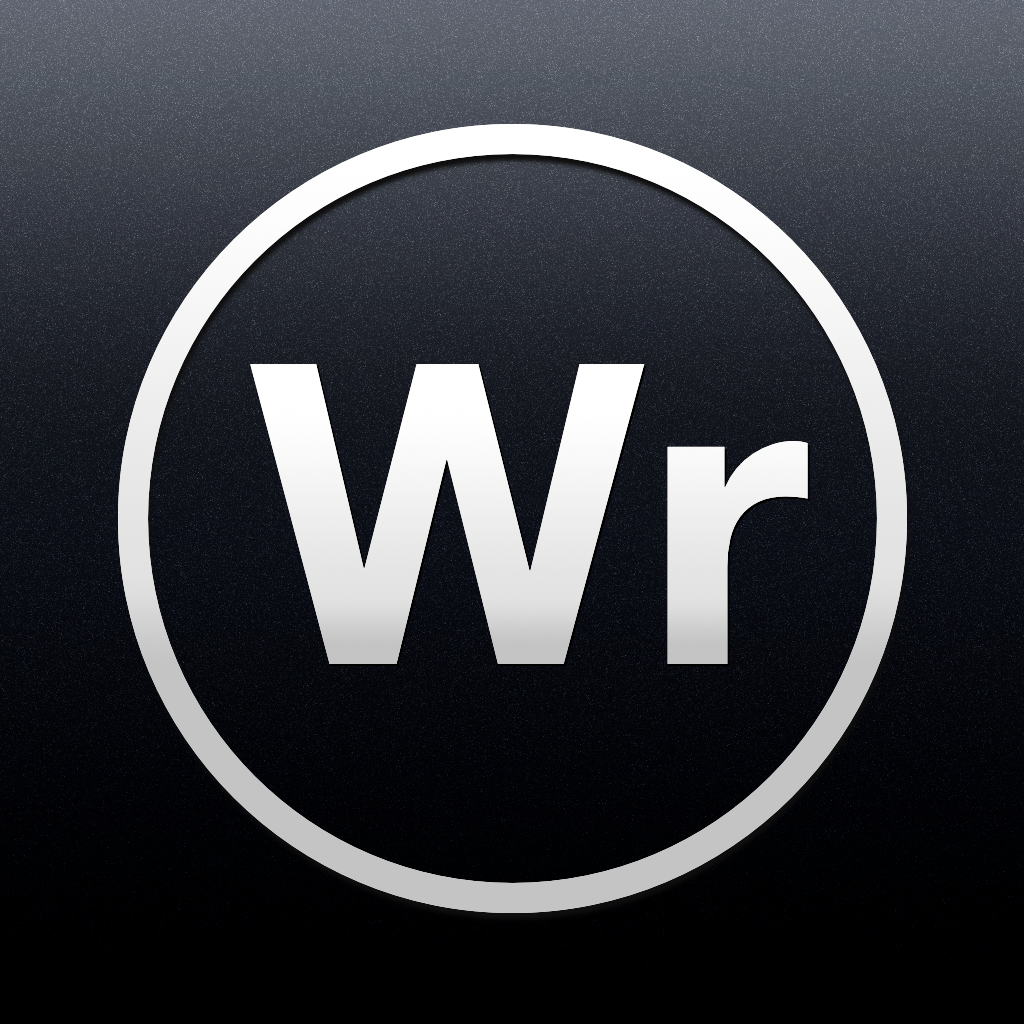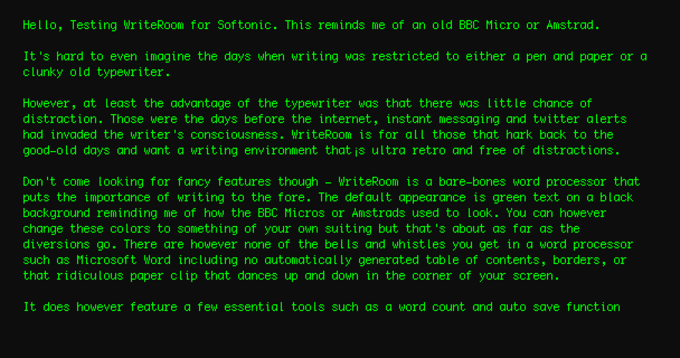

- #Writeroom sites how to#
- #Writeroom sites for mac#
- #Writeroom sites software#
- #Writeroom sites professional#
Then see if there's a better solution out there for you or your library.
#Writeroom sites software#
The next time you are particularly frustrated with software that doesn't quite do what you want, ask yourself if you're only using it because it is tied to other things. If you have a serious manuscript you are working on, LaTeX or LyX may be exactly the thing that saves your sanity from Word. It bills itself as a WYMIWYG (What You Mean is What You Get) document processor, where you embed the type section/object and then let the typesetting engine actually render it. The most popular of these is a program called LyX, which places a graphical front-end on the LaTeX engine. There are tools to ease the initial learning curve into something less than Everest proportions. The downside to LaTeX is that, like many highly technical things, it is very difficult to begin using if you have never done so before. It is also the standard for document creation in many of the sciences, and is increasingly popular in all academic disciplines. This is very similar to the way in which webpage creation has evolved, and the separation of content and style is a standard for current websites. LaTeX is a system that uses the Tex typographic language to describe very precise layouts of type, and separates the writing from the presentation.
#Writeroom sites how to#
When you are preparing a manuscript or doing extremely technical writing, especially writing that involves equations or other very complicated typographic problems, you could do much worse than learning how to use LaTeX. My other recommendation is at the extreme other end of the need for a writing tool. These applications are reminiscent of writing in the good old days of monochrome CRT screens-they both give you an unobstructed landscape for creation.

Even better, both of these applications black out the rest of the screen completely, forcing you to focus solely on the words at hand. You can just pump words onto paper, with no overhead for styling them and no worrying about Word auto-correcting your ordered list into something you don't want. The beauty of both of these applications is the intense focus on a single objective: writing.
#Writeroom sites for mac#
Writeroom is for Mac OSX, but there is a freeware Windows equivalent that is called Darkroom.
#Writeroom sites professional#
What sort of tools give you limited functionality but advantages derived from specificity? Since writing is such a large part of our professional development, I've picked a handful of writing tools that everyone should take a look at, and that improve on Word in significant ways.įirst up is my very favorite writing application, Writeroom. With generality comes mediocrity in function, and with specialization comes excellence (this comes from a person who studied Philosophy and Library Science specifically because he didn't want to specialize, for whatever that is worth). Word is not good at anything specifically because it is an acceptable solution for a variety of functions. Can you think of a way to do it better, or do it differently that makes more sense for your workflow? What if you could swap out just that one activity for a piece that makes it better?

Is Word the best at performing a specific function? Pick any single writing assignment or a single piece of functionality from Word. But as we know from reality television, popular does not always equal good. Word is easily the most popular word processing program in the US. In fact, let's just take a single piece of the suite: Microsoft Word. In libraries, that could be the ILS, but what I'm going to talk about today is something that almost everyone is familiar with: the Microsoft Office suite. I'd like to talk about a style of software that everyone in libraries is definitely familiar with-the massive interconnected hunk of software that does everything.


 0 kommentar(er)
0 kommentar(er)
